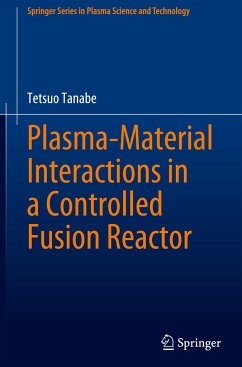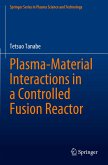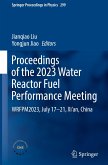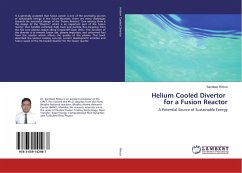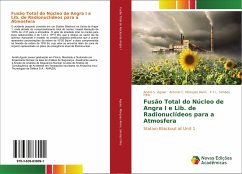This book is a primer on the interplay between plasma and materials in a fusion reactor, so-called plasma-materials interactions (PMIs), highlighting materials and their influence on plasma through PMI. It aims to demonstrate that a plasma-facing surface (PFS) responds actively to fusion plasma and that the clarifying nature of PFS is indispensable to understanding the influence of PFS on plasma. It describes the modern insight into PMI, namely, relevant feedback to plasma performance from plasma-facing material (PFM) on changes in a material surface by plasma power load by radiation and particles, contrary to a conventional view that unilateral influence from plasma on PFM is dominant in PMI.
There are many books and reviews on PMI in the context of plasma physics, that is, how plasma or plasma confinement works in PMI. By contrast, this book features a materials aspect in PMI focusing on changes caused by heat and particle load from plasma: how PFMs are changed by plasma exposure and then, accordingly, how the changed PFM interacts with plasma.
There are many books and reviews on PMI in the context of plasma physics, that is, how plasma or plasma confinement works in PMI. By contrast, this book features a materials aspect in PMI focusing on changes caused by heat and particle load from plasma: how PFMs are changed by plasma exposure and then, accordingly, how the changed PFM interacts with plasma.

